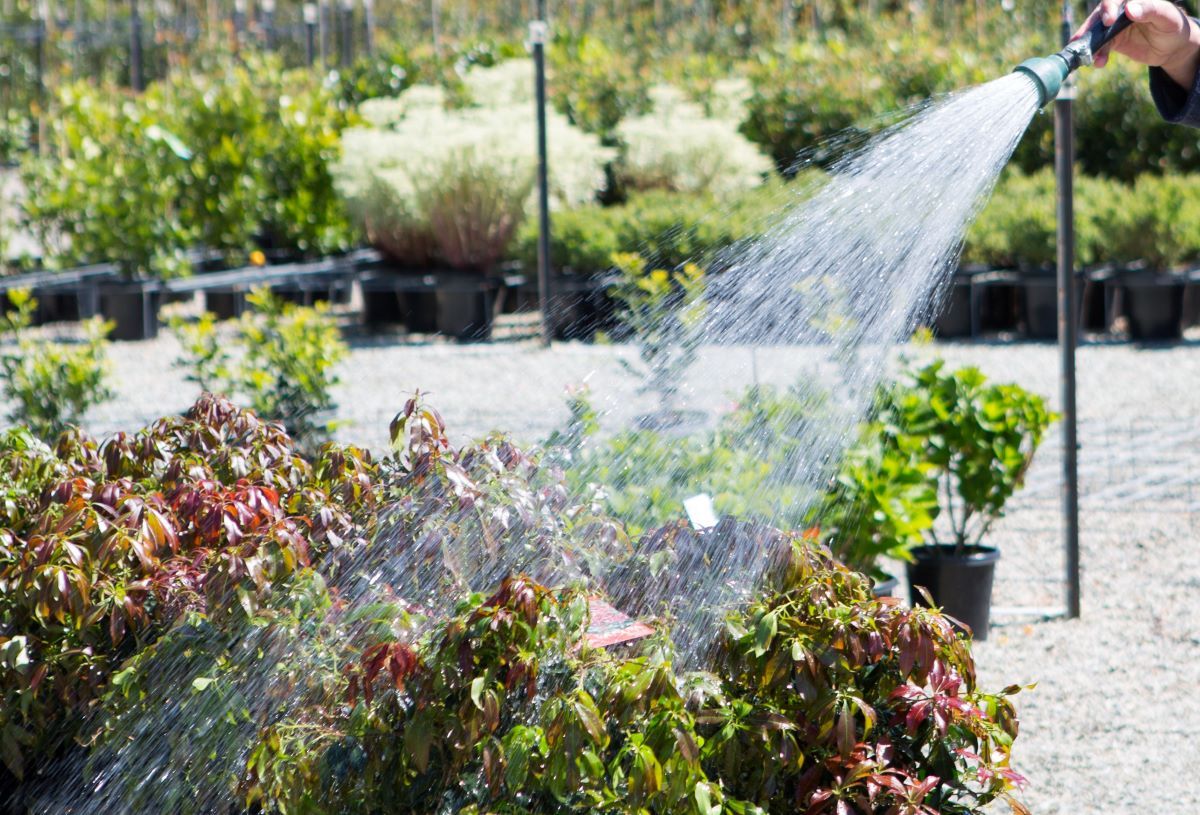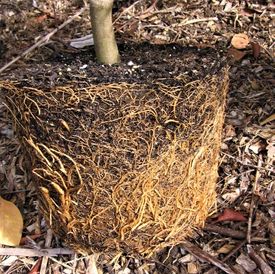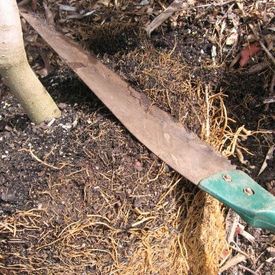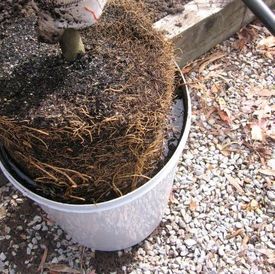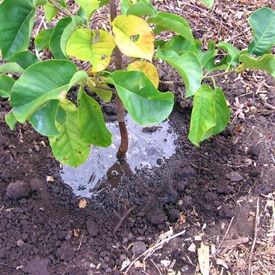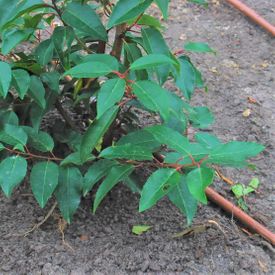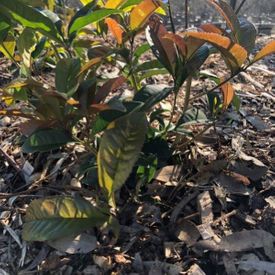Good Planting Guide
Date: 01-07-2022
A PRACTICAL PLANTING RESOURCE | How To Plant
PREPARING YOUR SITE FOR PLANTING:
Check drainage.
- Proper drainage is critical. Water should not sit in a dug hole.
- If drainage is poor, build up the garden beds, or add additional drainage infrastructure (e.g. Agi pipes).
Check the condition of your soils.
- Before planting, make sure the soil has been dug over and friable (crumbly) to a minimum depth of approximately 250-300mm, or deeper for larger pot sizes.
- If the soils appear dry or dusty, add organic matter (compost) and blend thoroughly through the soil.
NOW TO PLANT:
- Water plants well prior to planting.
- Make sure your hole is big enough and deep enough for the size of the plant (twice the size of the root ball).
- Ensure plant has good healthy root structure as you remove from their pots and assess for root pruning.
- Scrape with a sharp tool around the crown at the top and sides of root ball. Remove up to ¼ of the root ball from the bottom to encourage fresh root growth. The amount of pruning depends on root structure and plant variety, with heavily rooted plants requiring a more vigorous pruning.
- Immerse root ball of smaller pot sizes in a bucket of water and allow to soak in. With larger pot sizes water well twice while still in their pots with a wetting agent.
- Place in the hole.
- Backfill the hole with damp soil and create a moat around the base of the plant. Add slow release fertiliser.
- Fill moat with water and allow to soak into the plant root ball. Repeat.
- Ensure any drippers are located near the root ball.
- Mulch around the plants to protect this water catchment area.
NOW YOUR PLANTS ARE IN THE GROUND:
- Hand water your plants for the first summer to ensure good root establishment.
- Drip lines work best once plants are established but will not provide sufficient watering in the first year.
- Keep young plants cool on extremely hot days by misting with water.
- Check your mulch to ensure it doesn’t form an impermeable crust around the base of the plant and renew regularly.
- Feed in Spring using a slow release fertiliser to ensure regular feeding.
- Prune regularly to encourage growth, preferably in late Spring, or after flowering.
For more information:
Download the Good Planting Guide
Watch Diacos Nursery Planting video featuring Andrew from Warners.

